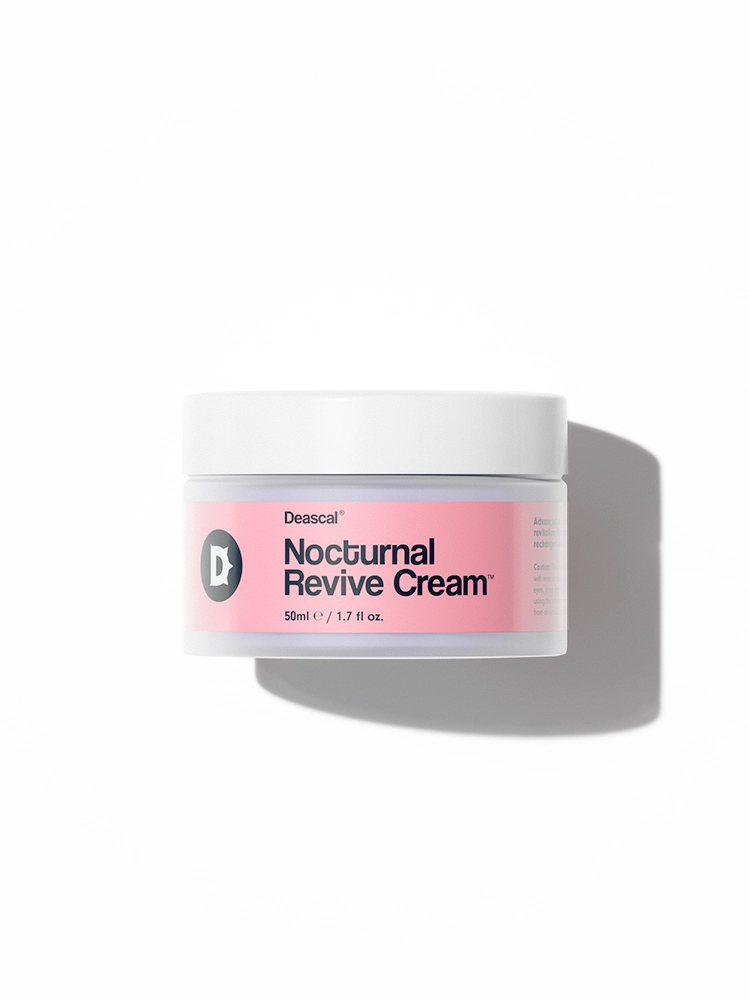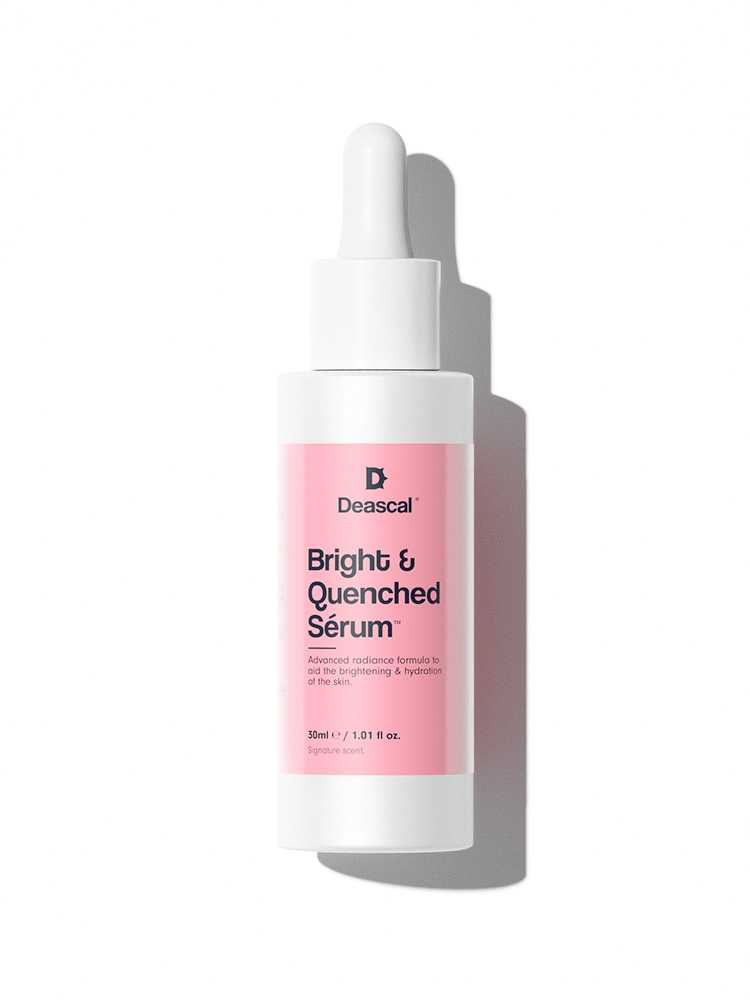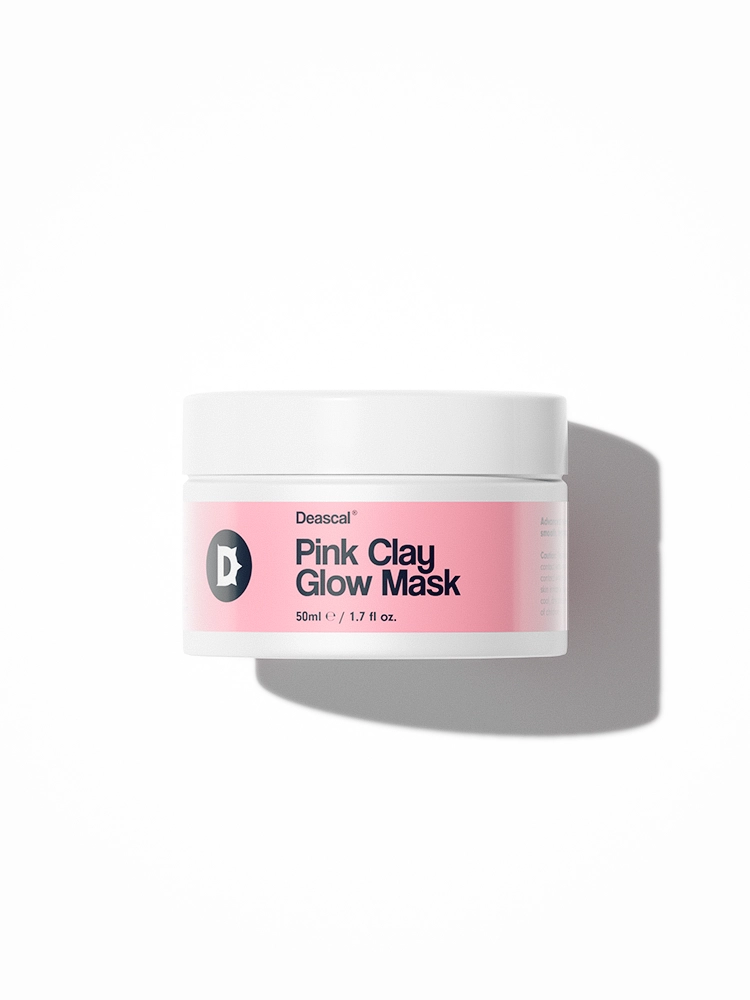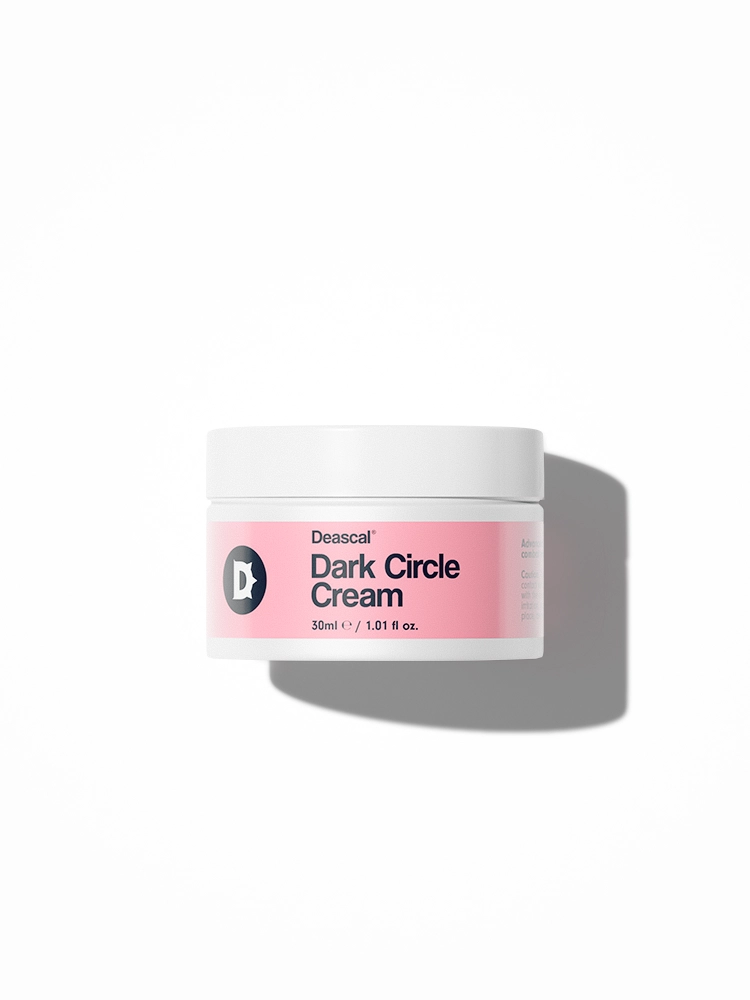Understanding the Aging Process
Before we jump into the magic potions, it’s crucial to understand what happens to our skin as we age. Collagen and elastin, the proteins responsible for keeping our skin firm and bouncy, decrease over time. This leads to sagging, fine lines, and wrinkles.
Additionally, skin cell turnover slows down, making our complexion appear dull and uneven. Environmental factors, such as sun exposure and pollution, further accelerate this process. But don’t fret—armed with the right ingredients, you can combat these signs and maintain a radiant glow.
Key Anti-Aging Ingredients
Looking for active ingredients that actually do help reduce the visible appearance of the signs of aging? Below, we’ve listed all the main ones you should look into:
Retinoids: The Gold Standard
Retinoids, derived from vitamin A, are often hailed as the holy grail of anti-aging. They accelerate cell turnover, which helps to reduce fine lines, improve skin texture, and fade hyperpigmentation. Because retinoids can increase skin sensitivity to the sun, they should be used at night.
Start with a small amount a few times a week, gradually increasing frequency as your skin builds tolerance. Always follow up with a good moisturizer to prevent dryness and irritation.
For beginners, over-the-counter retinols are a gentle introduction, while more experienced users might opt for prescription-strength retinoids like tretinoin. Remember to pair your nighttime retinoid application with a robust sunscreen during the day to protect your skin from heightened UV sensitivity.
Vitamin C: Brightening and Firming
Vitamin C is a powerhouse antioxidant that protects your skin from environmental damage, brightens your complexion, and boosts collagen production. This ingredient is best used in the morning to shield your skin from daily pollutants and UV rays. Apply a few drops of a vitamin C serum after cleansing and before moisturizing. Its firming and brightening effects make it an essential part of your daytime routine.
Look for serums containing 10-20% vitamin C for optimal efficacy, and combine with other antioxidants like vitamin E for a synergistic boost. Vitamin C not only combats free radicals but also helps to even out skin tone, making your complexion look more vibrant and youthful.
Hyaluronic Acid: Deep Hydration
Hyaluronic acid is a moisture magnet, capable of holding up to 1,000 times its weight in water. This hydrating ingredient plumps up the skin, making it look smoother and more youthful. It can be used both morning and night, right after cleansing and before applying heavier creams.
Hyaluronic acid works well under makeup and is perfect for layering, especially if your skin needs an extra hydration boost.
For the best results, apply hyaluronic acid on damp skin to lock in moisture. It’s suitable for all skin types, especially dry or sensitive skin, and it pairs beautifully with other active ingredients, providing a hydrating base that enhances the absorption and efficacy of your entire skincare routine.
Peptides: Building Blocks for Skin
Peptides are short chains of amino acids that act as the building blocks of proteins like collagen and elastin. They help to repair skin damage, improve elasticity, and reduce the depth of wrinkles. Peptide-infused serums or moisturizers can be used both morning and night.
Apply them after cleansing and toning but before heavier creams. Peptides work synergistically with other ingredients, enhancing your skin’s overall texture and resilience.
Incorporating peptides can boost collagen production and skin firmness over time. Look for multi-peptide formulations to tackle multiple aging concerns simultaneously. Regular use can lead to a significant improvement in the skin’s strength and smoothness.
Niacinamide: The Multi-Tasker
Niacinamide, also known as vitamin B3, is a versatile ingredient with numerous benefits. It helps to improve the skin’s barrier function, even out skin tone, reduce redness, and diminish the appearance of pores and fine lines.
Niacinamide can be used both morning and night, making it a flexible addition to your skincare routine. It layers well with other treatments, so apply it after cleansing and before your moisturizer or sunscreen.
With concentrations ranging from 2-10%, niacinamide suits all skin types and addresses a variety of concerns, from acne to aging. Its anti-inflammatory properties make it especially beneficial for sensitive skin, providing soothing relief while enhancing the skin’s natural defense mechanisms.
Layering and Combining Products/Ingredients
Layering and combining skincare products is an art that can significantly enhance the effectiveness of your anti-aging routine. When done correctly, it ensures that your skin receives the maximum benefit from each ingredient, leading to better and faster results.
Each product in your skincare routine serves a specific purpose and works best at a certain level of skin absorption. By applying products in the correct order—typically from thinnest to thickest—you ensure that each layer penetrates your skin properly.
For instance, serums, which are lightweight and packed with active ingredients, should go on first to deliver their benefits deep into the skin. Heavier creams and oils should follow to lock in moisture and create a protective barrier. This method ensures that the most potent ingredients reach your skin effectively, without being blocked by thicker products.
Additionally, understanding the pH levels of your products can optimize their effectiveness. For example, vitamin C works best in a low pH environment, so applying it right after cleansing can enhance its absorption. Follow up with neutral pH products like peptides or niacinamide to maintain the skin’s balance.
Strategic Combinations
Combining certain ingredients can amplify their effects. For example, pairing vitamin C with vitamin E enhances antioxidant protection, while using hyaluronic acid with retinoids can mitigate the dryness often associated with retinoid use. However, some ingredients should not be mixed directly; for instance, avoid using retinoids and strong acids like AHAs or BHAs at the same time, as this can lead to irritation. Instead, alternate their use between morning and night, or on different days.
Incorporating these combinations thoughtfully can address multiple skin concerns simultaneously. For example, using a vitamin C serum in the morning to protect against free radicals and a retinoid at night for cell turnover can create a comprehensive anti-aging routine.
Furthermore, layering hydrating ingredients like hyaluronic acid and ceramides under more potent actives helps maintain skin barrier function and reduces the risk of irritation.
Experiment with your routine to find the best combinations for your skin. Always introduce new products gradually and monitor your skin’s response to ensure it adapts well to the new regimen.




